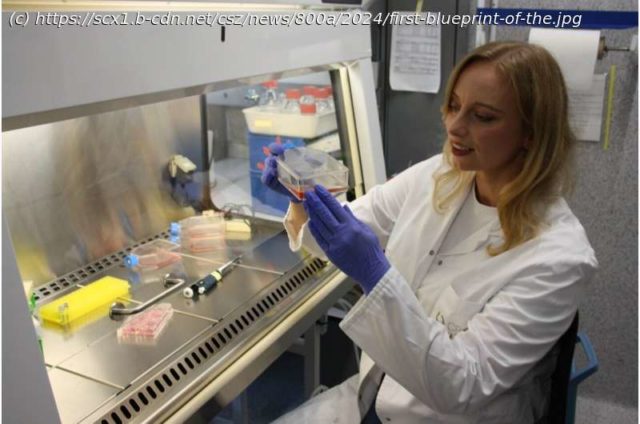Researchers at the Center for Genomic Regulation (CRG) in Barcelona have created the first blueprint of the human spliceosome, the most complex and intricate molecular machine inside every cell. The scientific feat, which took more than a decade to complete, is published in the journal Science.
Researchers at the Center for Genomic Regulation (CRG) in Barcelona have created the first blueprint of the human spliceosome, the most complex and intricate molecular machine inside every cell. The scientific feat, which took more than a decade to complete, is published in the journal Science.
The spliceosome edits genetic messages transcribed from DNA, allowing cells to create different versions of a protein from a single gene. The vast majority of human genes—more than nine in 10—are edited by the spliceosome. Errors in the process are linked to a wide spectrum of diseases including most types of cancer, neurodegenerative conditions and genetic disorders.
The sheer number of components involved and the intricacy of its function has meant the spliceosome has remained elusive and uncharted territory in human biology—until now.
The blueprint reveals that individual components of the spliceosome are far more specialized than previously thought. Many of these components have not been considered for drug development before because their specialized functions were unknown. The discovery can unlock new treatments that are more effective and have fewer side effects.
“The layer of complexity we’ve uncovered is nothing short of astonishing. We used to conceptualize the spliceosome as a monotonous but important cut and paste machine”, says ICREA Research Professor Juan Valcárcel, lead author of the study and researcher at the CRG.
“We now see it as a collection of many different flexible chisels that allow cells to sculpt genetic messages with a degree of precision worthy of marble sculpting grandmasters from antiquity. By knowing exactly what each part does, we can find completely new angles to tackle a wide spectrum of diseases.”
Every cell in the human body relies on precise instructions from DNA to function correctly. These instructions are transcribed into RNA, which then undergoes a crucial editing process called splicing. During splicing, non-coding segments of RNA are removed, and the remaining coding sequences are stitched together to form a template or recipe for protein production.
While humans have about 20,000 protein-coding genes, splicing allows the production of at least five times as many proteins, with some estimates suggesting humans can create more than 100,000 unique proteins.
Home
United States
USA — IT The human spliceosome: Decade-long study reveals first blueprint of the most complex...






